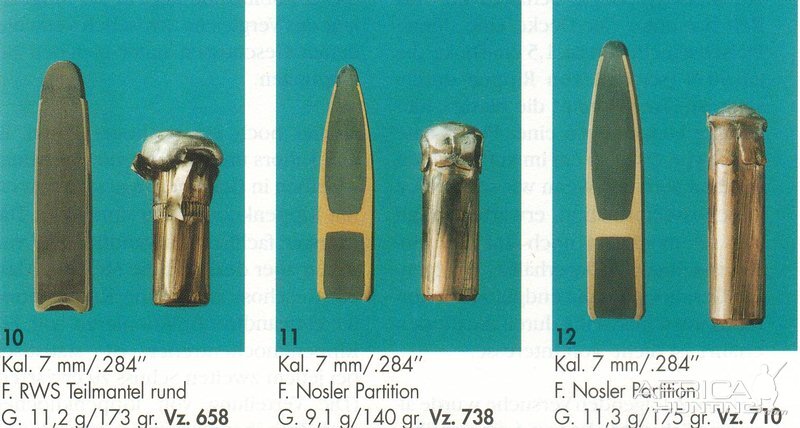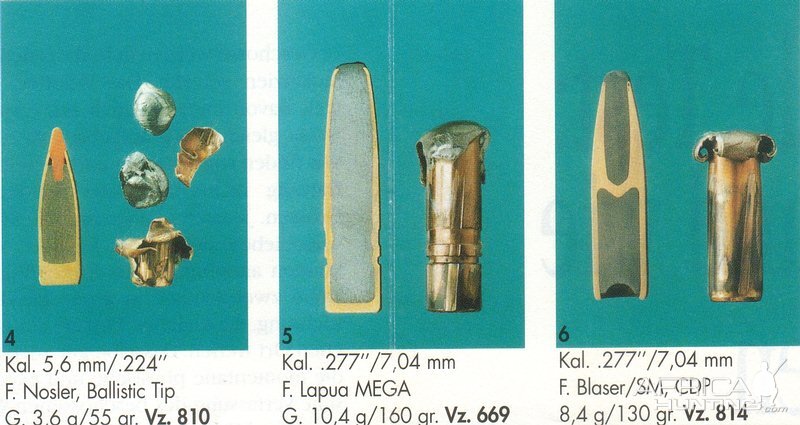I suggest reading a book John Noslers, going ballistic.
The summary of non-premium bullets performance, from this book, is in the attachment.
John Noslers partition bullet is world wide known as first premium bullet, although very similar bullet construction was made in Germany, years earlier, known as H-mantel.
The problem with modern cartridges and magnum velocities, in the second part of XX century, brought the problem of uncontrolled exapansion, fragmentation, loss of bullet weight, and suseqeunetly loss of penetration. It then created the need for a bullet that will hold together, on high impact speeds.
I am not sure if there is definition of premium bullets, per se. But they may be cosnsidered as some of follwoing types:
-
Partition bullets, where the lead core is separated in two parts, with longitudinal cross section in the shape of letters "A", or "H". Thus the european /german name H-mantel, with the idea of front part expanding & fragmenting and transferring impact energy to the game on impact, and with second part coninuing penetration to vitals. Minor drawback of this type of bullet could be, smaller exit wound, wiht less of blood spoor. (nosler partitoons, rws h-mantel and similar, for example)
Next technology, is bonding of lead core to the jacket, usually of soft point constrction. So, this soft point, bonded to the jacket. Thickness of jacket will control expansion, and bonding will keep the lead from fragmentation, thus keeping the bullet weight, and penetratration to vitals achieved. More then 90% of mass retention is expected. Norma oryx, good example,
Third technology is monolithic bullet, designed for expansion. Usually will open in 4 parts, without fragmentation. Such as TSX bullet.
Not to go in DG non expanding solids on this subject, for all 3 types of bullet designes, it requires special technology and manufacturing process, thus they are more expensive then others. These three can be considered as "premium" bullets.
More economic bullets:
The cheapeast and oldest technology is just a bullet with lead core, likely to fragment on high impact speeds, simple soft point. Good enough for medium velocities, but questionable on magnum velocity.
So the main problem is to keep the bullet together...
Medium priced technolgy, is so called "core locking". It is based on internal radial rings of the jacket, with lead core. Radial rings are designed to control expansion and, fragmentation at minimum, thus keeping the mass and penetratrion to vitals.
Exmaple is hornady PTS, or various core lokt bullets.
In bullet selection, especially in magnum calibers, you get exactly what you pay for.
Personally (being conservative, and not inklined to magnum speeds) I found good compromise in choosing 9.3x62, with cca 700 mtrs/sec velocities, using old fashion, plain simple soft points (teil-mantels), which with so small impact velocities do not fragment, do expand, and keep penetration. So for 9.3 soft point, will do just fine!
With impact velocities, in my view only, of over 800-850 m/sec (or more) premium bullets should be considered, and stronlgy suggested especially on bigger game.
Below is extract from John Noslers book, "Going Ballistic".
View attachment 282572


















